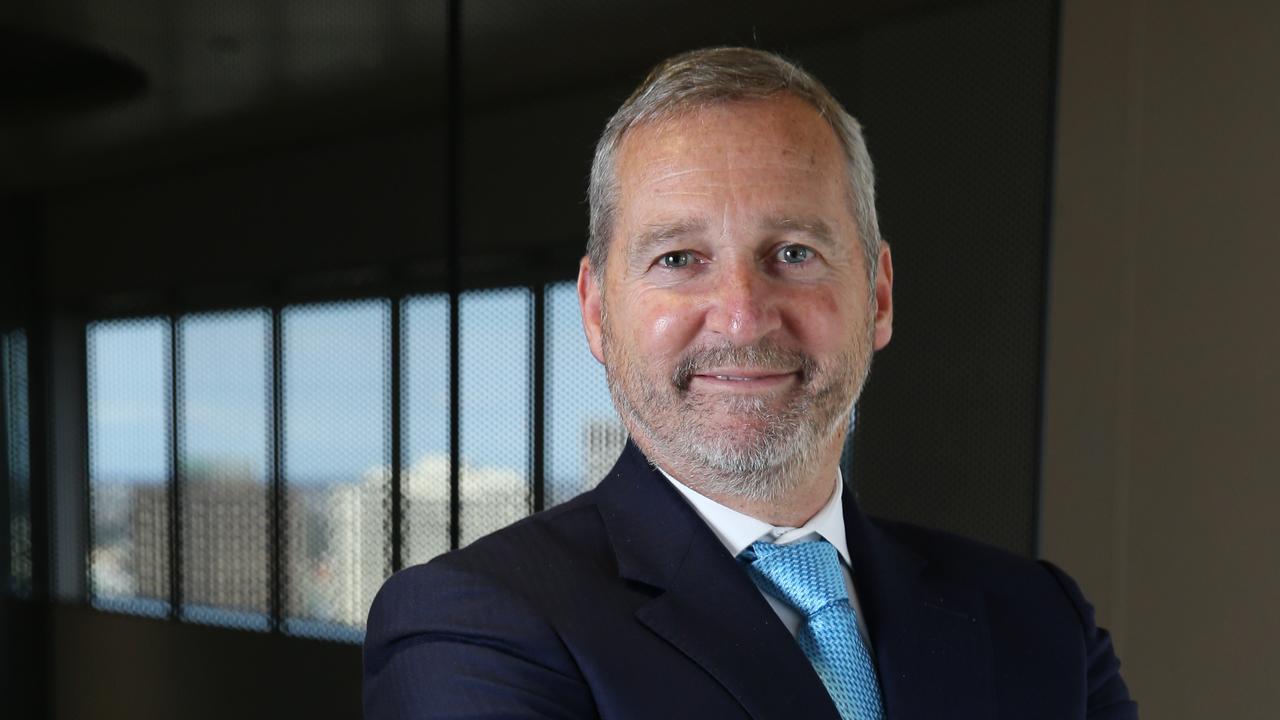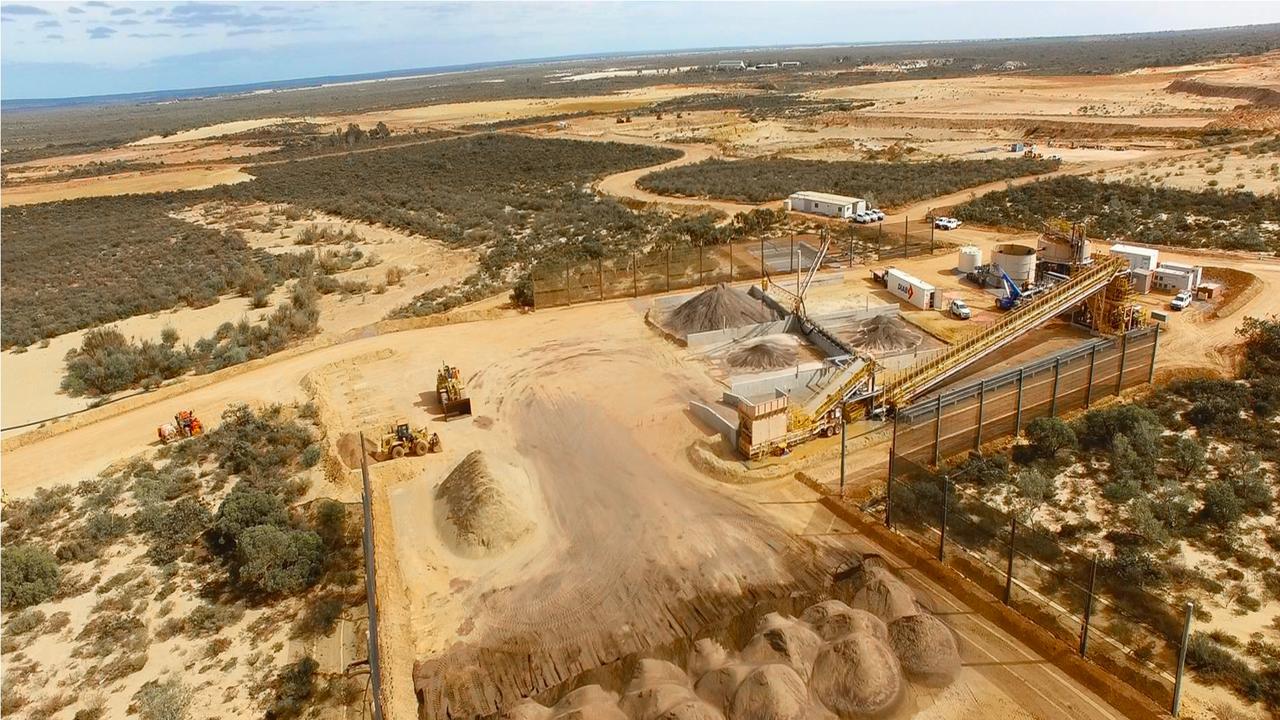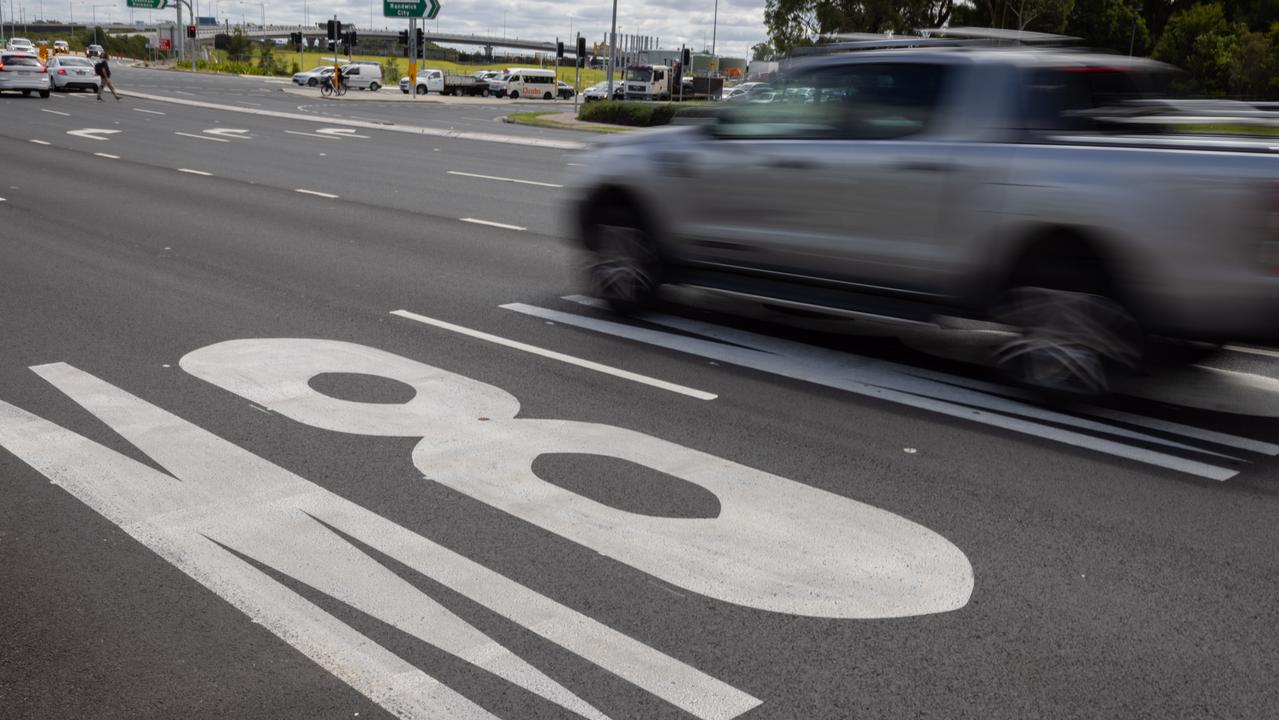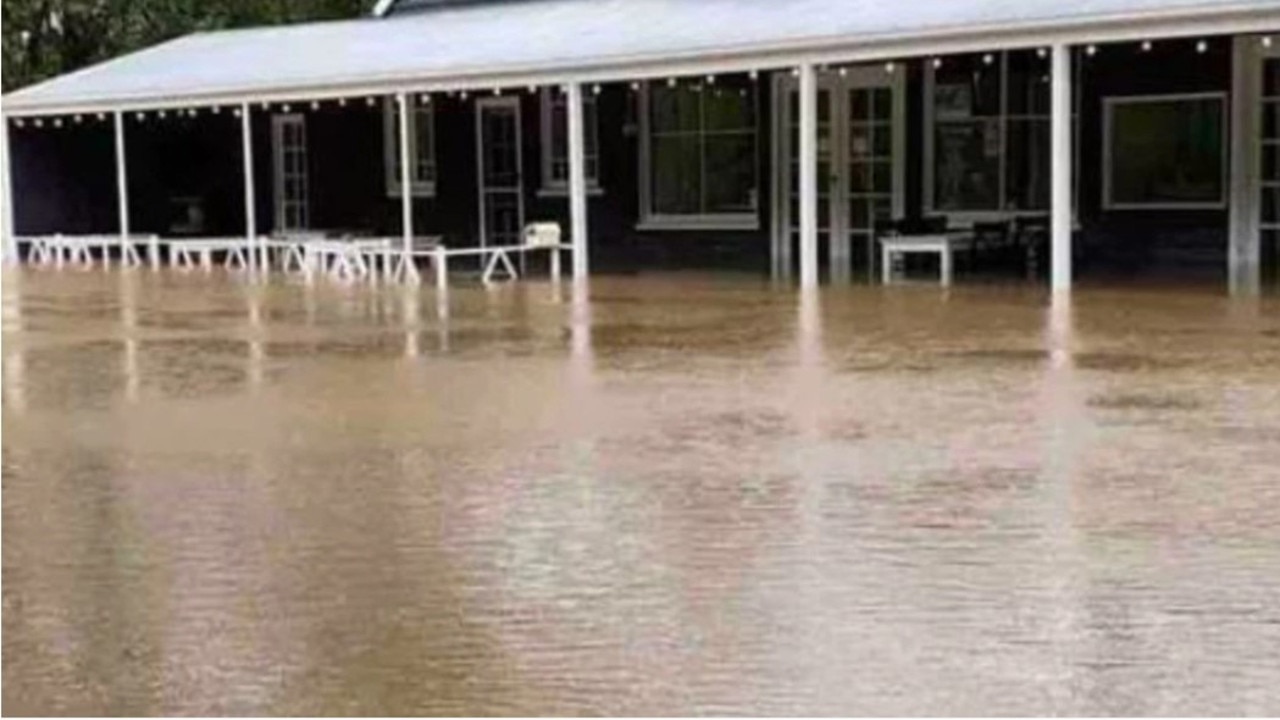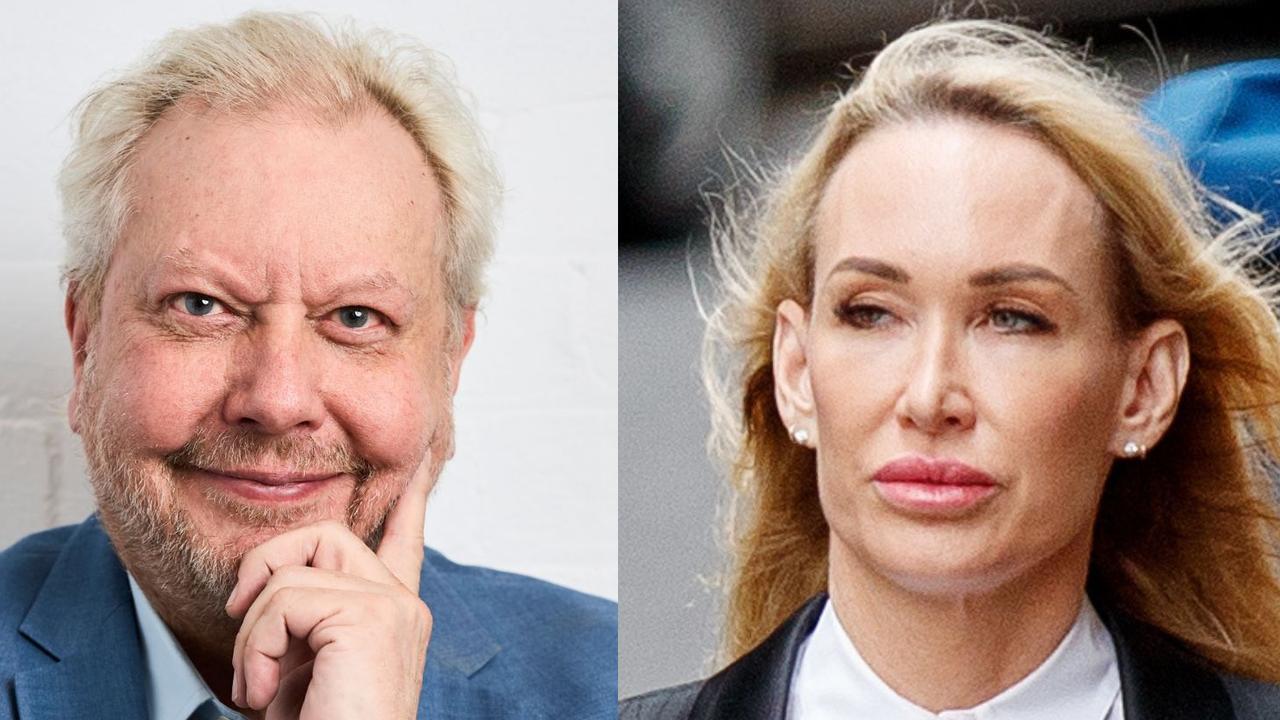Dividend rush fuels RBA rate hike urgency
Tens of billions in corporate payouts will add additional momentum to an economy that is already running hot.
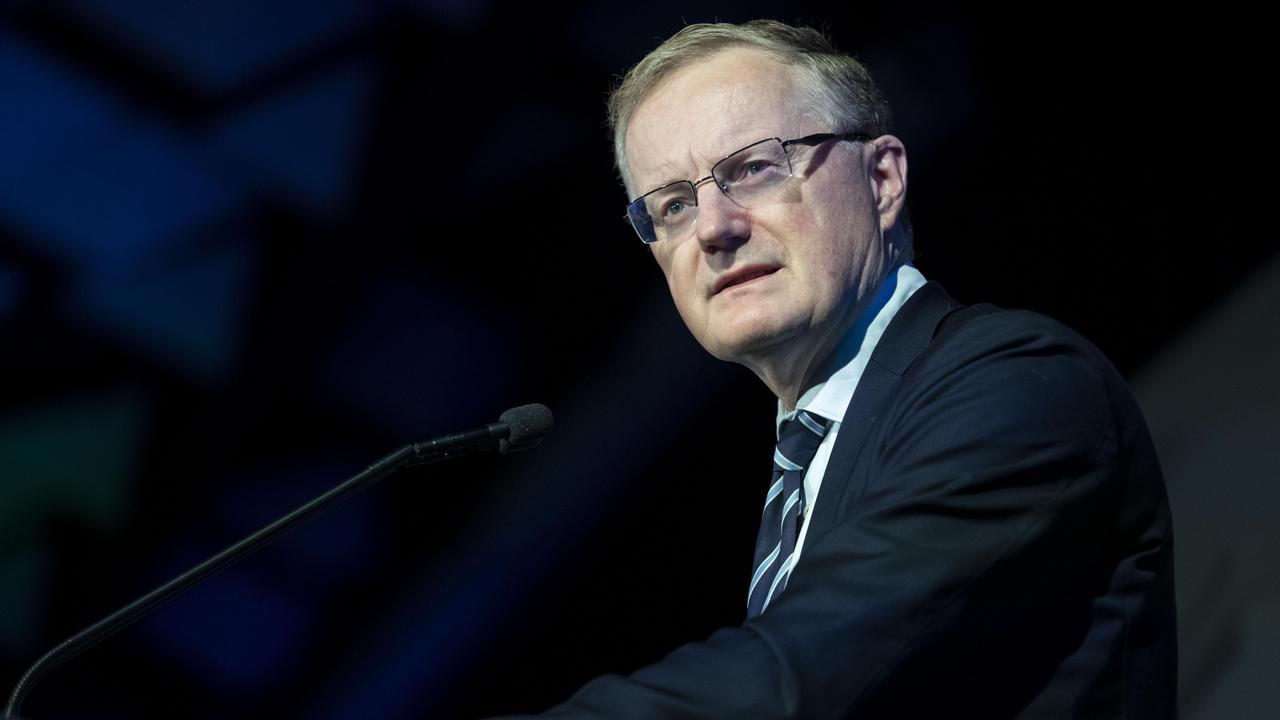
Business
Don't miss out on the headlines from Business. Followed categories will be added to My News.
More than $42bn in dividends are being sent out to investors this month, complicating Reserve Bank efforts to cool the economy.
Much of this cash will find its way back into the sharemarket, and the dividend cheques will provide additional momentum to still booming retail sales while adding to the store of national savings. The latest dividend rush, underpinned by surging mining returns, comes just months after the December-half dividend payments of more than $45bn.
For perspective, the entire JobKeeper program that kept the nation spending during the depths of the Covid-19 lockdowns is estimated to have settled at $90bn.
The billions being transferred from business to investors come as RBA governor Philip Lowe is widely expected to push through another 50 basis point rise on Tuesday, taking the cash rate above 2 per cent for the first time in more than six years.

One thing Lowe’s RBA will be closely watching is the lag effect: how long the string of super-sized interest rate hikes will take to be felt in the real economy by slowing spending and cooling inflation. With CPI running at an annualised rate of 6.1 per cent, there is little room for error.
Bets made by money markets strongly indicate more will need to be done by the central bank and at a faster rate. Since the US Federal Reserve last week had its ‘‘whatever it takes’’ moment in bringing inflation to heel, this has been seen as giving cover to central banks around the world – including Australia’s – to also go hard on attacking inflation.
In Australia market pricing for the peak of cash rate his risen from around 3.5 per cent to 4 per cent since last week’s Federal Reserve annual summer meeting at Jackson Hole. A little more than a month ago the market was tipping the cash rate would peak at 3 per cent.
Money markets have a habit of quickly changing their tune, but if current betting is right, that suggests the shock treatment of the 50 basis point rate hikes won’t be over by Tuesday, with some economists tipping another – yes another – 50 basis points in October.
Adding fuel to the fire, retail sales in July had their biggest rise in four months, up 1.3 per cent on the month, blowing market forecasts out of the water. Last week BHP and Rio Tinto transferred a combined $20bn to shareholders. This week sees another $5bn from names including Fortescue, CSL and Brambles.

Corporate Australia passed through the latest reporting season showing relative resilience, but the consensus is that the best is probably behind it for now, with the number of companies delivering positive profit surprises trending down over the past year.
It’s a big week for the economy, with robust GDP data for the June quarter on Wednesday, while Lowe speaks on Thursday. The annual RBA speech to the Anika Foundation is often used by the central bank to outline a shift in thinking. Here Lowe is also expected to respond to former treasurer and current Future Fund chairman Peter Costello’s stinging criticism last week that the RBA had been “caught napping” through the tail end of the Covid-19 downturn.
In the statement accompanying Tuesday’s expected rate hike, much focus will be put on whether Lowe will keep the reference to keeping the economy on an “even keel” while monetary policy tightens. If he drops this, then hold on to your hat: it means the market has probably got it right on further rapid rises to come.
Dream come true
New Telstra chief executive Vicky Brady says that as she was growing up her closest family members pushed her to get out of her comfort zone of Holbrook in southern NSW and “go after my dreams”.
“Now, that girl from the bush is CEO of Australia’s largest telco, and I couldn’t be happier or prouder to lead a team with such a special spirit that delivers so much to Australians and increasingly globally. I’m particularly proud to show my two teenage girls (and every girl) the power of setting your mind to something and going after your dreams,” Brady said in a post on LinkedIn.
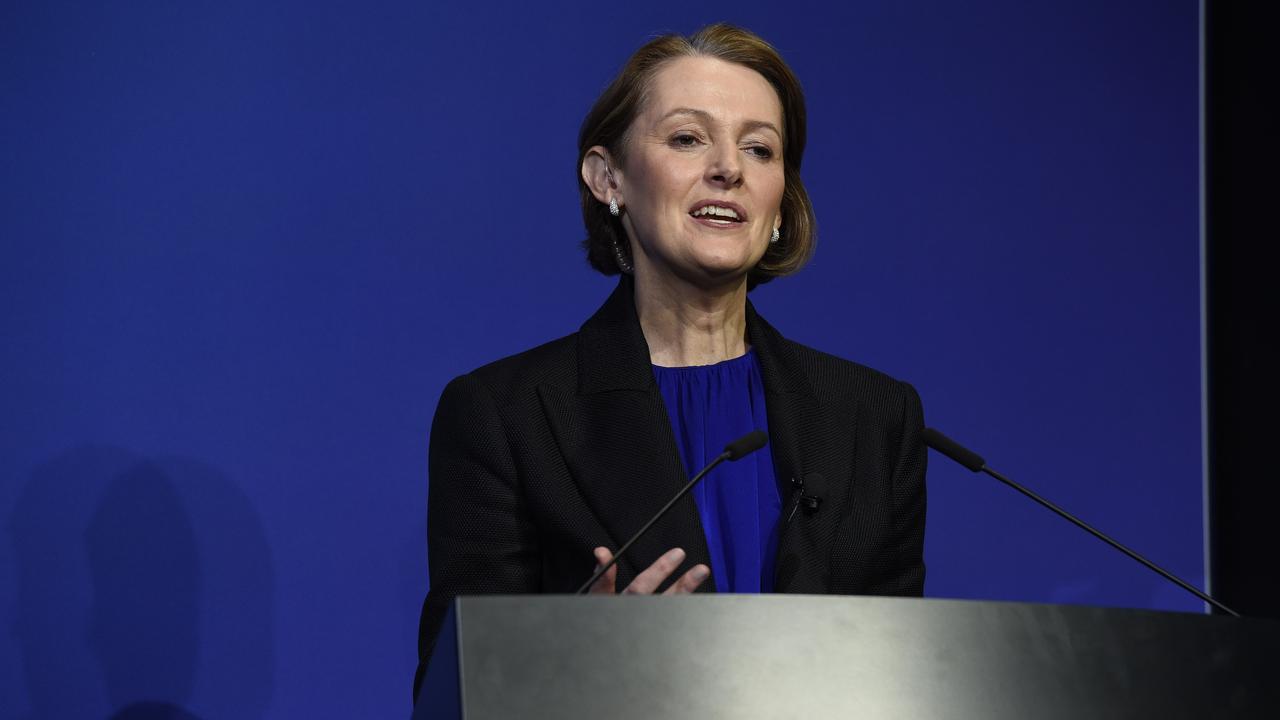
Brady officially took charge from outgoing boss Andy Penn last Thursday, running the $46bn telco major which has about 29,000 employees. The purpose of big telcos is ever evolving and Telstra has been no exception, moving away from infrastructure under previous chief executives Andy Penn and David Thodey as the NBN became a bigger infrastructure player. Now under Brady, Telstra really needs to double down as a service provider in the face of rising digital options for consumers, while investing in its mobile network leadership.
It is also venturing back into the global arena with the Digicel Pacific telco acquisition, which was largely funded by the Australian government.
Brady fielded most of the questions during the investor briefings when Telstra released its full-year results, which sent a message to the market that Brady was running the show. It was there she recommitted to Penn’s cost savings program, known as T25, which seeks to cut $500m of fixed costs, boost customer satisfaction and deliver underlying earnings between $7.5bn and $8bn this financial year.

“We’ve got a lot of work to do, building on the good work we’ve already done to deliver T25, and really making sure that Telstra is a great place for our customers,” she said.
Her first day was spent at the Telstra Vantage conference at Sydney’s Royal Randwick that connects the telco’s tech partners Apple, Samsung, Microsoft, IBM and AWS with its business customers.
Penn, while officially stepping down, is not fully clear. Under agreement with the Telstra board, the former CEO retains a $10,000-a-month consulting agreement until March next year.
ASX new guard
The latest rebalance of the S&P/ASX 200 is the surest indication of the changing fortunes of ASX-listed companies. Energy, mining and infrastructure are in, while tech and related fintech are largely out. The loss of tech momentum is a blow for the ASX as it attempts to change its image of an exchange anchored to mining as it attempts to attract a big tech sector. However, it’s unsurprising, with rising global interest rates putting speculative tech deeply out of favour for investors.
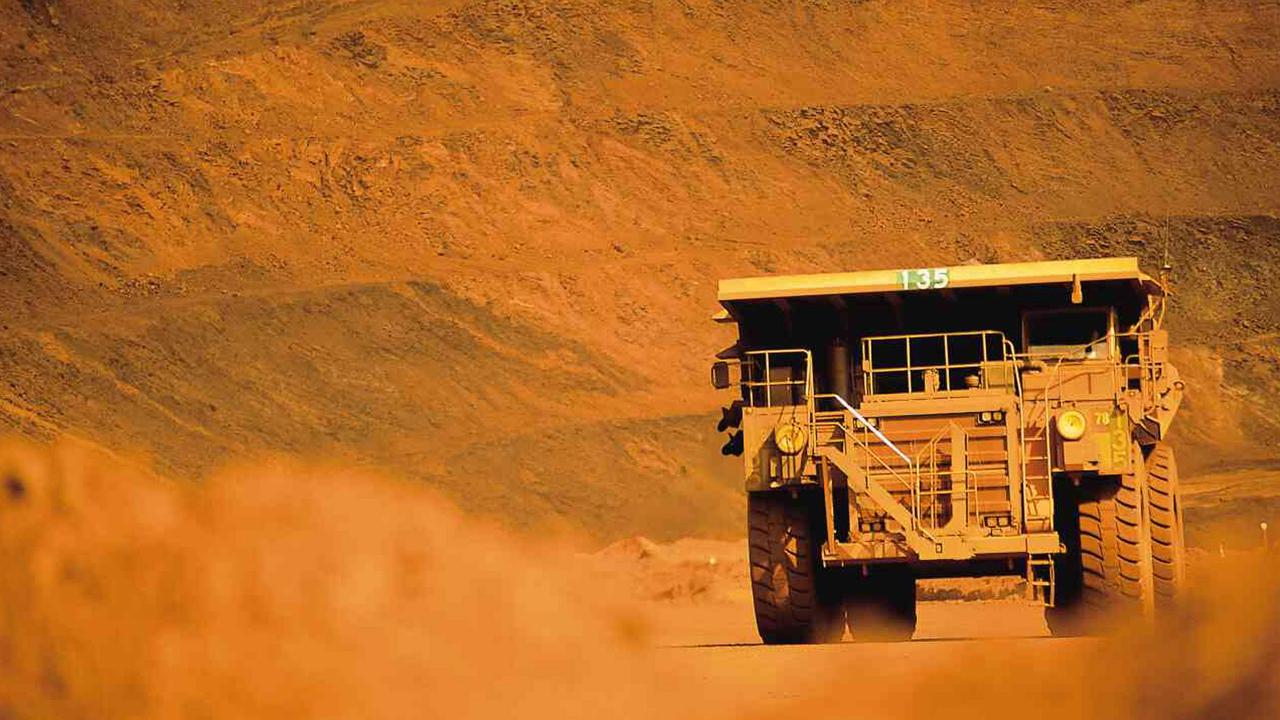
The quarterly rebalance has big implications for companies promoted or dropped across indices because it influences how billions in funds are allocated. New entrants get a share boost, those falling out are sold off.
Significant moves in the latest shake-up include additions to the closely tracked S&P/ASX 200, including emerging gold producer Capricorn Metals, gas junior Karoon Energy and infrastructure maintenance play Johns Lyng.
Big losers of the ASX 200 are social media play Life360, buy now, pay later Zip Co and payments group EML. The broader ASX 300 also saw the removal of troubled tech analytical play Nuix and retailer Redbubble.
Among promotions are uranium mining hopefuls, Boss Energy and Deep Yellow, and rare earths play Arafura Resources.
The rebalance also has also seen the re-emergence of Seven West Media in the ASX 300 under CEO James Warburton. This is a big step in getting the broadcaster back on the screen of fund managers and comes after a near doubling of profit over the past year to $200m. The next move for Seven West will be to resume paying dividends once retained losses are stamped out.
johnstone@theaustralian.com.au
Originally published as Dividend rush fuels RBA rate hike urgency



